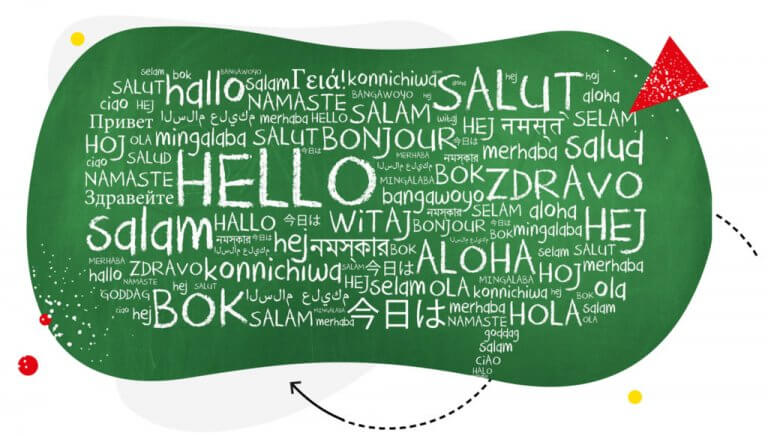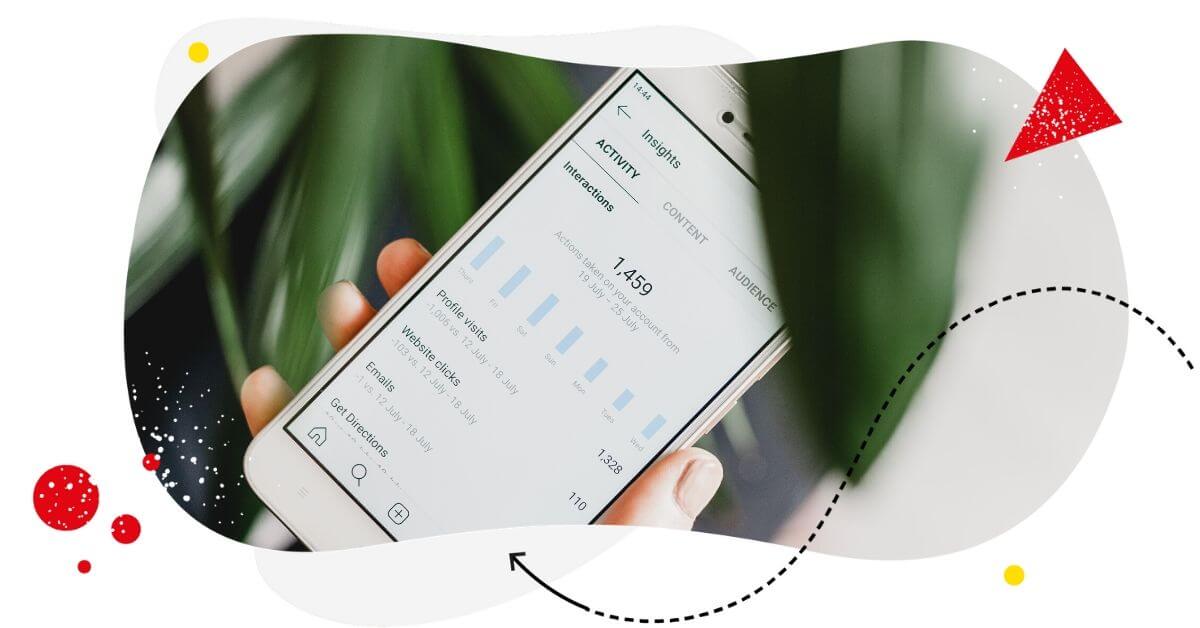Are you looking to jumpstart your sales and boost your revenue? You can expand your brand to global markets, for starters. And what better way to tap into new markets than to use social media to your advantage?
In this article, I’ll show you how to:
- Pick your target markets
- Identify content to be localized
- Manage localized content
Considering that one-in-three people worldwide are using social media, imagine what your business can accomplish if you tell your brand story across diverse audiences in their language?
That said, building a strong multilingual social media presence is no walk in the park.
Suppose you want to create a meaningful relationship with international audiences across your social channels and make them want to buy your products and services. In that case, you need to communicate with them in ways that they find relevant and valuable.
In other words, you need to localize your content.

Leading companies automate social media
Try NapoleonCat’s easy-to-use automation tools.
Try NapoleonCat free for 14 days. No credit card required.
What is localized content, and why is it important?
Localized content is content that’s adapted in a way that not only speaks the language of a specific audience but also in a manner that is contextually and culturally relevant to them.
Allow me to state the obvious: Translating your content for an international audience is critical.
A Common Sense Advisory research showed that 87 percent of people say they won’t buy from a website they don’t understand.
But there’s a caveat: Being able to speak to an audience in their language doesn’t mean it will be understood and received well. There’s more to content localization than straight-up translation.
Language is far too nuanced and comes with so much cultural baggage that a word-for-word translation often changes the original text’s meaning, sometimes with disastrous or embarrassing results.
Remember the “Got Milk?” campaign that took off 27 years ago? Good one, right? That tagline didn’t translate well in Spanish. To Latino communities, that phrase sounds like “Are you lactating?” Why is that? The idea of a Latina mother running out of milk is straight-up offensive to the Latino community. Oops.
Content localization is also about visuals. What many businesses forget is that:
Localized content goes beyond what you say and how you say it.
It’s also about how you look while you say it. When it comes to context, appearances matter.
Suppose you were promoting, say, a luxury Italian brand in China. In that case, you can do better than to release an ad showing a Chinese woman eating Italian food with chopsticks (that actually happened).
The bottom line is this:
If you want your content to stand out and resonate well with localized audiences, make sure the language, ideas, and images that accompany your content are relevant and useful to them, both on a cultural and contextual level. They won’t hesitate to tune you out if you don’t.
Okay, enough bad examples. Want to see how it’s done? Here are some tremendous localized content posted on social media to serve as inspiration.
To start off, here’s a GIF tweeted by @CocaCola_Korea.

Notice that it’s not the Coca Cola product most of us are familiar with (South Koreans are known for their interest in health and wellness). Also, did you know that white is the most popular color in South Korea?
And another, this time from Starbucks Japan’s Facebook page.
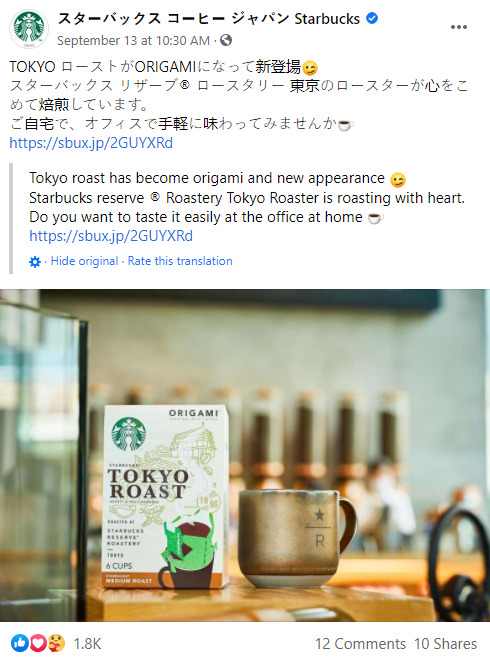
Origami. Tokyo Roast. Everything just screams Japan, doesn’t it?
Businesses that can benefit from localized content
All businesses can benefit from a localization strategy. Some companies, however, stand to benefit from it more than others. These business sectors include:
Travel and hospitality businesses.
In an industry where culture and language play an essential role in servicing customers, your ability to adapt content to a localized audience can help you stand out from the competition.
Take, for instance, Airbnb. By translating their web content and tailoring their sign up process for local audiences (190 countries in total), the vacation rental company rose to prominence in no time. They not only addressed an unmet need, but they also knew potential customers would want to read home listings in their own language regardless of their destination.
Software companies.
Most software terms are universally written in English. That doesn’t mean you don’t need to localize tech content.
First off, tech content is already riddled with tech jargon and technical phrases. However, you can make it so much easier for international audiences to understand your tech content by talking to them in their native language. It’s going to boost your sales too. Case in point: did you know The Harlem Shake Yourself app saw an increase in downloads by 767% after localizing their keywords and app descriptions?
E-commerce companies.
If you’re an e-business looking to expand globally, content localization is a must. For one, consumers are more likely to trust information that’s in their native language. Makes sense. After all, not many people would want to part with their hard-earned money if the products on offer are not presented in their own language. No wonder 55 percent of consumers say that being presented with information in their own language is more important than the price.
How to build a localization strategy
You can’t just localize your content helter-skelter and expect your intended audiences to want to buy your offerings magically. For your localized content to deliver on your business objectives, they need to be delivered to the right people, in the right place, and at the right time.
But how do you localize your content and deliver them to diverse audiences across multiple social channels and platforms in the most effective and efficient means possible?
A sound localization strategy can help you.
To nail your localization strategy, follow these steps.
1. Pick your target market
So which new market are you going to target? You have to be careful here. You don’t want to invest in a new market without knowing the lay of the land first, especially if you’re drawing from a limited budget.
Here are things to consider before you set your sights on an international audience.
- Is there enough demand for your product or service in that specific market?
- Will there be a competition? How competitive will it be?
- Can local consumers afford your offerings?
- What are their buying preferences?
- Do you have enough in your budget to support your marketing campaigns, distribution channels, customer support, etc.?
- Will the potential revenue be high enough to warrant the costs of localization?
So, how do you check if there’s some demand for your offerings in a new market? Doing market research will do you good. And whatever new market you’ve set your sights on, you need to understand your new market on a deeper level to deliver truly personalized content. You’d also do well to learn their pain points and examine how your offerings can help them through their cultural lens.
Use analytics to your advantage
When it comes to an understanding of diverse audiences, analytics if your friend. Go into your website analytics or Google Analytics to check which international markets drive traffic to your site.
What keywords are they using?
Everyone uses Google, so don’t forget to put your SEO hat on. When researching an international market, find out what search terms they are using relevant to your business offers. Take note of the most common terms and phrases they use and make sure to use them in your content.
2. Identify content to be localized
Once you’ve picked new markets to expand to, you need to identify which content must be localized to those audiences. After all, not all content is created equal. And you don’t want to waste your time and resources localizing content that won’t be helpful to your new market and won’t lead to sales.
Localize content for every stage of the customer journey
International audiences are just as easily distracted by their smartphones and as distrustful of brands as your core audience. So don’t be surprised if they don’t buy your offerings in their first encounter with you on social media (or any platform for that matter).
Reality check: It typically takes 6-8 touches for a typical consumer to buy a product. To get to that stage where they’re more willing to buy, you need to earn their trust and build your credibility as a brand that can help them solve their problems. In other words, you need to develop a relationship with them and nurture them.
The goal here is to localize content pieces for every stage of the customer journey. Only by doing so can you provide your audience with a seamless and straight path towards conversion and brand advocacy.
Localize your best-performing content
You can always start with your best performing content. If they’ve been received well before, there’s a likelihood they’re going to perform just as well to a new audience. Again, refer to your Google analytics and check which pieces of content have racked up the most traffic and have generated a ton of conversions.
3. Manage localized content in the language of your audience
Now comes the challenging part: managing localized content in the language of your audience.
Consumers (international or not) are everywhere — social media, email, apps, mobile, and who knows what else. If you want your localization strategy to pay dividends marketing-wise, you need to meet your audience where they are. And you better not waste the opportunity to engage them in a real conversation once you do. Highly-engaged customers tend to buy more, remember?
That means you’ll have to localize your content across multiple social channels and platforms. If you don’t, your localization and engagement efforts won’t bode well for your ROI.
Pro-tip: Don’t forget to create separate social media accounts for different markets. For Facebook, setting up Global Pages allows you to localize your content across different countries under one brand name and the same vanity URL. To know more about Global Pages, go here.
Centralize your localization strategy
Trying to engage your audiences across various countries is as hard as it sounds. How do you keep up?
Here’s an idea: Centralize your localization strategy. You need to establish management structures and adopt tech tools to systematize your content localization program. That way, you can scale your content localization efforts in ways that move the needle for your business and cut costs. Also, it helps you eliminate repetitive localization issues and concerns, giving you more time to focus on the customer experience.
Use a translation software
Whatever you do, don’t translate content manually. Nobody has the time and patience for that!
Remember, you’re not just going to translate your own content. Once your localized social media campaigns take off, incoming messages, comments, and feedback are bound to come in thick and fast.
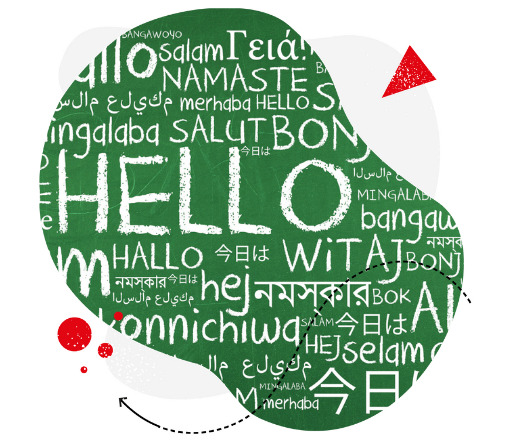
Automatic translations in your Social Inbox
How cool is that? It's not only great but also useful for your business. Expand to new markets with NapoleonCat:
Try NapoleonCat free for 14 days. No credit card required.
To engage global audiences in a conversation (especially on social media), you also need to translate comments and incoming messages into your native language.
You can save yourself the trouble by using a translation tool instead. For one, there’s no shortage of translation tools on the market.
NapoleonCat’s newest Social Inbox feature, Translations, for instance, allows you to detect any language and translate it into any language (like yours) in an instant.
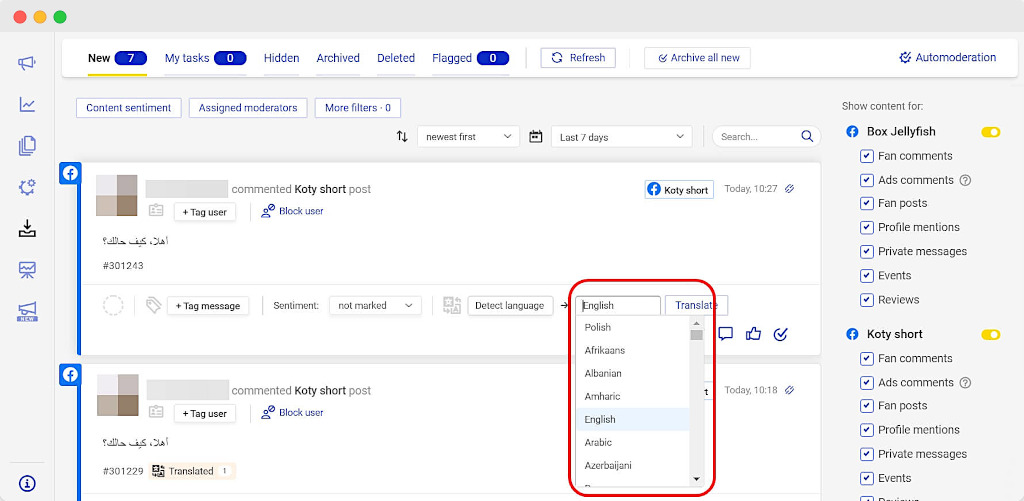
Want to translate incoming messages from across different languages in one fell swoop? Select your preferred language, and NapoleonCat will automatically set translations for other languages.
What’s more, engaging a specific audience in their native language has never been more comfortable and more natural as Napoleon’s Translations lets you see the translated version of your test as you write it! If the translated text sounds off, you can always edit manually.
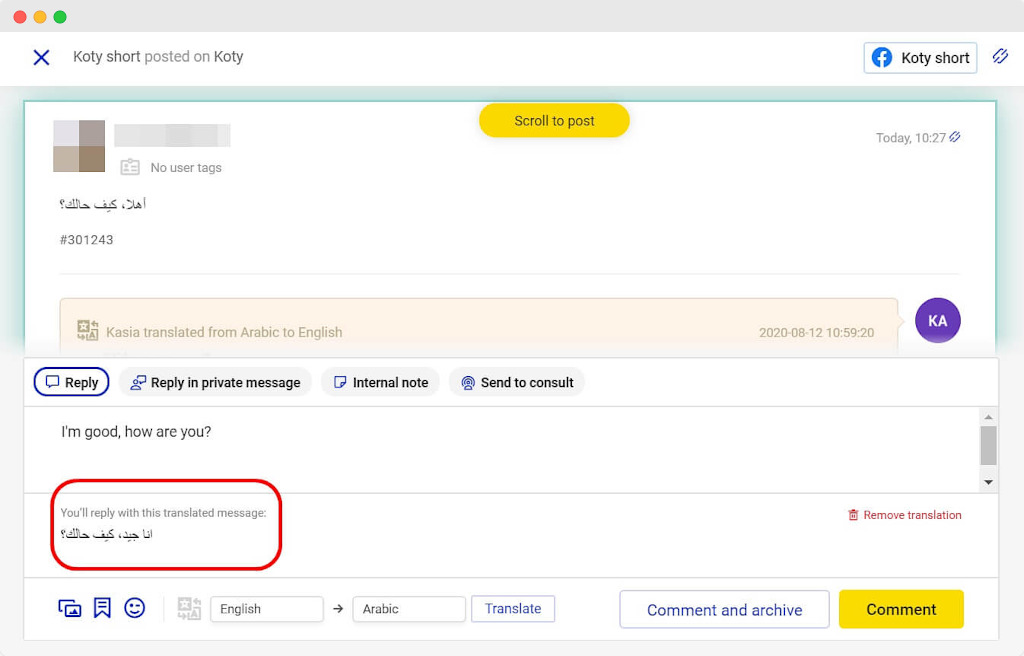
Final Word
As you deploy your localization strategy on social media, keep that in mind:
Your goal is not just to be understood by your audiences, but to keep the conversation going in ways that foster a meaningful relationship with them. No matter which part of the globe they’re from or what language they’re using.

